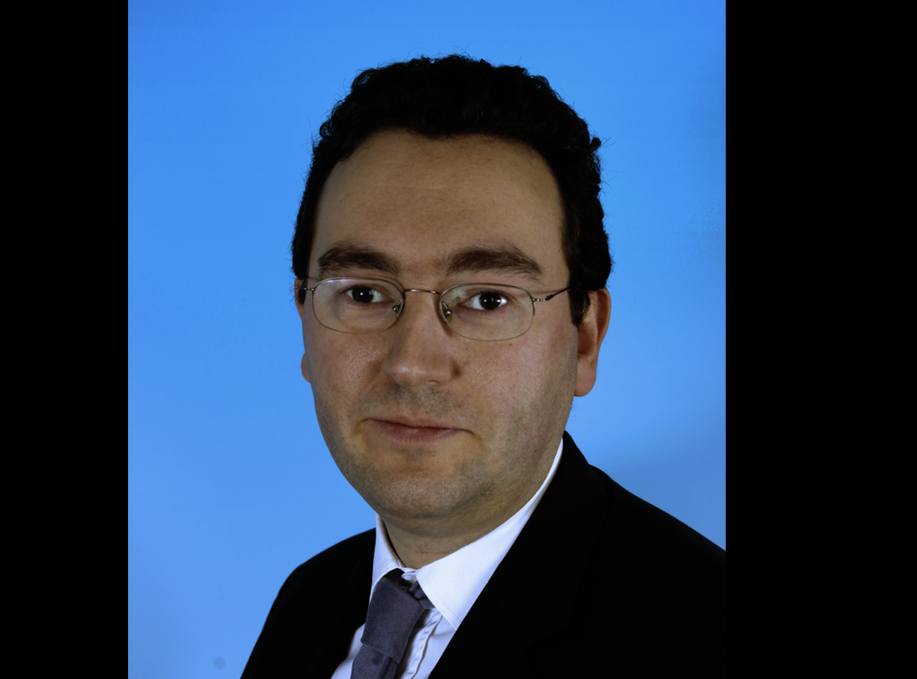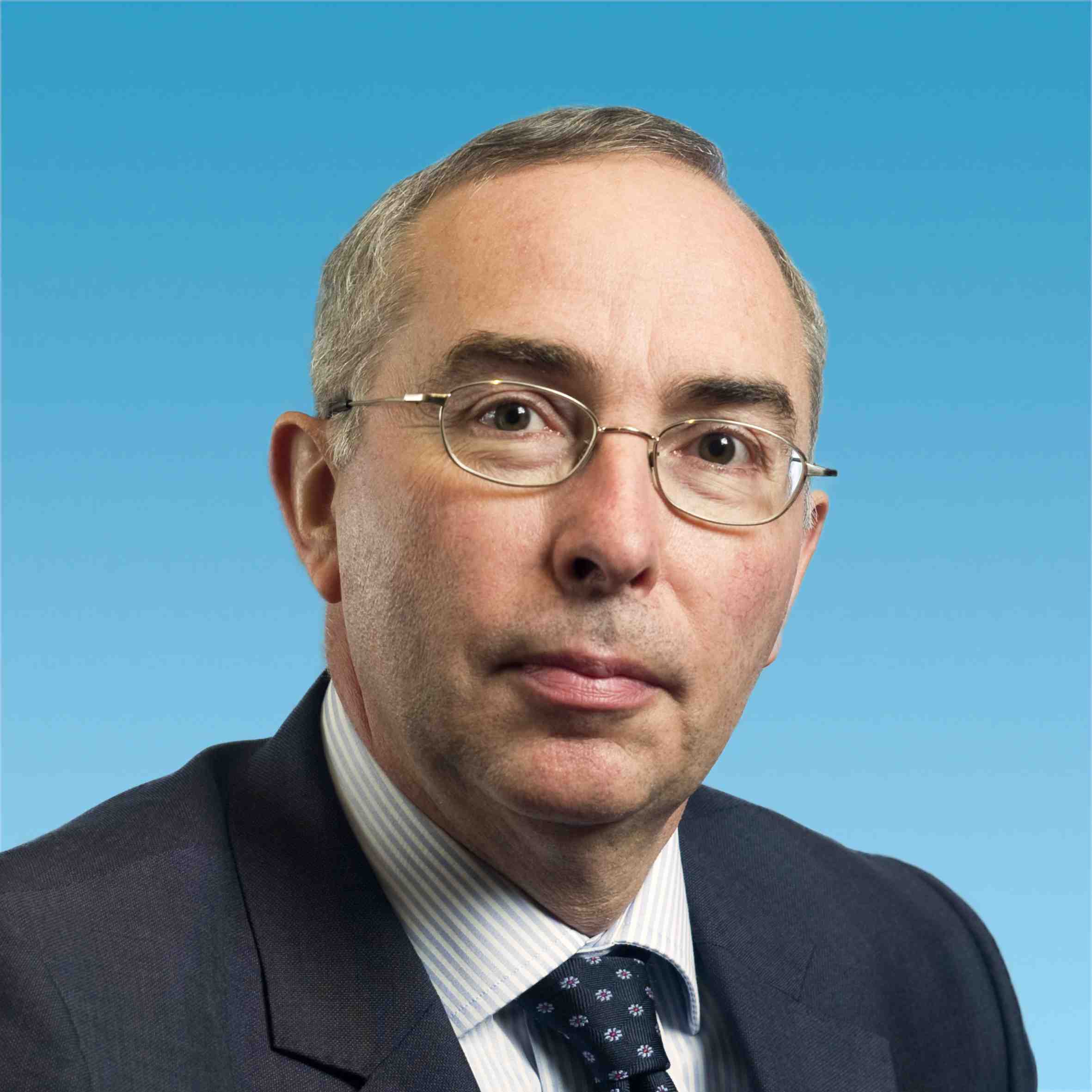Choosing the correct fixed income product in a rate-hike environment is an arduous task. The debt market seems to have lost its appeal, but managers like Michel Zatarain, Fixed Income Manager at BFT Investment Managers (Amundi), continue to believe that it is possible to do so by relying on active management and the “Buy & watch” approach advocated by the management company.
“In an environment of rate hikes, funds held to maturity allow for investor protection from the time aspect. They are fixed income products with maturity set and known upon contracting. They consist of a portfolio of diversified assets, and have a maturity date equal to or lower than the fund,” explains Zatarain, using as an example the BFT Sélection Haut Rendement 2021 fund, which is managed by this subsidiary of the Amundi group.
This fund, with a cumulative return of 8.29% since its launch in March 2016, is an example of the management company’s commitment to this type of product, and of its management style. “In a fixed maturity buy & watch fund, the net asset value may decrease, but normally, if there is no default, it will recover to its nominal value. Over time the volatility of the fund and its sensitivity to interest rates is reduced,” Zatarain points out as one of the features of this type of product.
‘Buy & Watch’
Zatarain, however, places particular emphasis on their management approach, known as Buy & watch, and which provides these funds with certain characteristics. According to his explanation, “BFT’s strategy lies in yield. The strategy we apply is based on the selection of each company that issues a bond; we have fixed income funds that are invested in corporate bonds of any rating. And we are not concerned with following a benchmark.”
The watch part of their strategy not only forces them to monitor their portfolio, but also the entire investment universe. “We can take advantage of the primary market to invest in new companies or sell those bonds whose trajectory is not good,” says Zatarin. Active management is intended, not only to take advantage of these primary issues, but also to take profits on securities that become too expensive, and to sell those whose credit quality falls.
In the ‘Buy’ part, the firm describes a rigorous accounting analysis process for each of the assets it wishes to consider. “First we look at that whole universe and apply predefined filters, such as expiration dates or exclude bonds with weak amounts. Then we carry out the selection, which is the most critical point and, finally, we build the portfolio without including more than 3% of the same company, which guarantees good diversification.”
At that critical point, the BFT IM manager points out that the choice of assets is based on a strong financial analysis. “When we analyze a company, the priority is debt repayment. That is why we perform a fundamental analysis where the profile of the company is studied, then another analysis of its financial situation is carried out, and finally its bond is compared to the rest of the market, to identify how attractive it is,” he explains.
Flexibility
This type of fund has a rotation of 30%, which provides flexibility and reinforces the diversification that is pursued. Using the BFT Selection Haut Rendement 2012 fund as an example once again, the base materials sector leads in the allocation of assets, with 25% allocation and is oriented, for example, towards companies. The second sector is consumer services, and the third is that of capital goods.
As for the countries, the first is France with almost 20%, followed by the United Kingdom with 15%, and Italy with 14%. Spain is the sixth country with 6.4%. “It must be understood that we don’t try to reflect the composition of an index, the weights by sector or country are the result of our strategy in the selection of the assets,” he insists.
Zatarain acknowledges that right now clients are not asking for capital guarantee in fixed income because they know that the high-yield market is always a risk. “What is demanded of the funds is active management and flexibility,” he adds. Therefore, throughout this year, the management company will launch two new funds held to maturity. The first, which will have a 2024 horizon, will have subordinated debt and offer a yield of 3.3%. According to the firm, its forecast is to launch it at the end of March. While the second, which will be in the market between May and June, will mature in 2020, will be a mixed fund, and offer a yield of 0.75%.



 For Alicia Miguel Serrano
For Alicia Miguel Serrano
 For Fórmate a Fondo
For Fórmate a Fondo